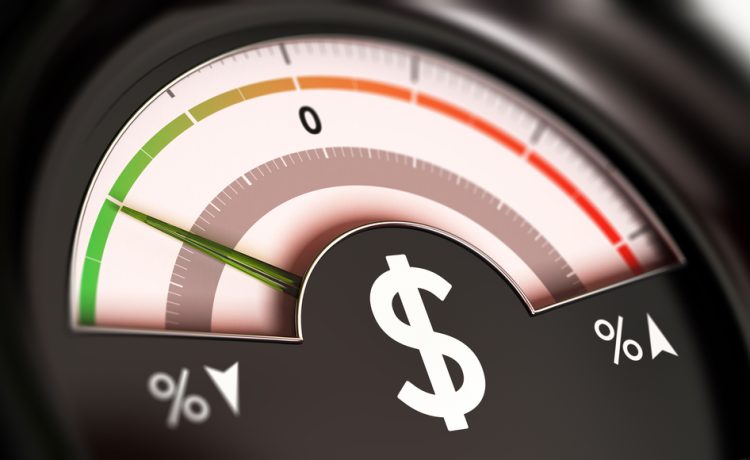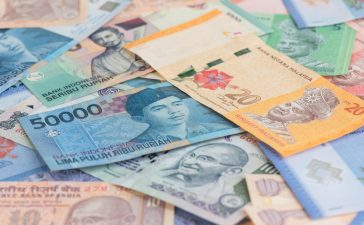The U.S. Dollar Index that tracks the greenback against a basket of other currencies was down 0.27% to 98.355
The dollar was down on Thursday morning in Asia. The yen was at a six-year low on the dollar as investors continue to digest a hawkish outlook from the U.S. Federal Reserve that contrasts sharply with that of the Bank of Japan (BOJ).
The U.S. Dollar Index that tracks the greenback against a basket of other currencies was down 0.27% to 98.355 by 3:31 AM GMT.
The USD/JPY pair inched down 0.05% to 118.67.
The AUD/USD pair was up 0.25% to 0.7308 and the NZD/USD pair edged up 0.12% to 0.6844.
The USD/CNY pair edged down 0.11% to 6.3451 while the GBP/USD pair inched up 0.08% to 1.3155.
The Fed hiked its interest rate to 0.5% in its policy decision handed down on Wednesday. The central bank was more aggressive than expected, hinting that it could raise rates at all six remaining meetings in 2022.
The yen was at its lowest level against the dollar since early 2016, or 119.13, overnight. The Japanese currency also fell 1.6% against the Australian dollar on Wednesday, sliding further on Thursday to a four-year low of 86.97 yen per Australian dollar.
The market is expecting the Fed to ramp interest rates higher during the course of 2022. By contrast, the BOJ is committed to extremely accommodation policy settings, Rabobank senior FX strategist Jane Foley told Reuters.
Interest rate differentials and Japan’s position as a commodity importer suggest the possibility of further upside potential for USD/JPY this year, she added. The gap between benchmark 10-year Treasury yields and 10-year Japanese bond yields was also the widest in nearly two-and-a-half years overnight at 1.99%.
The Bank of Japan will hand down its policy decision on Friday, where it is expected to maintain its dovish stance. The Bank of England will also hand down its policy decision later in the day, where it is expected to hike interest rates for a third consecutive meeting.
Hopes for a breakthrough in peace talks between Ukraine and Russia also saw investors retreat from safe-haven assets and global shares rise. It also put a bit of downward pressure on the dollar more broadly.





